Stay updated with the latest - Click here to follow us on Instagram
Rare photos, lesser known facts about India’s first war of Independence on its 161st anniversary
The revolt of 1857 was not a sudden occurrence but was fed by the collective resentment against the British rule. Another important cause of the rebellion was a general dissatisfaction with the policies and administration of the East india Company.
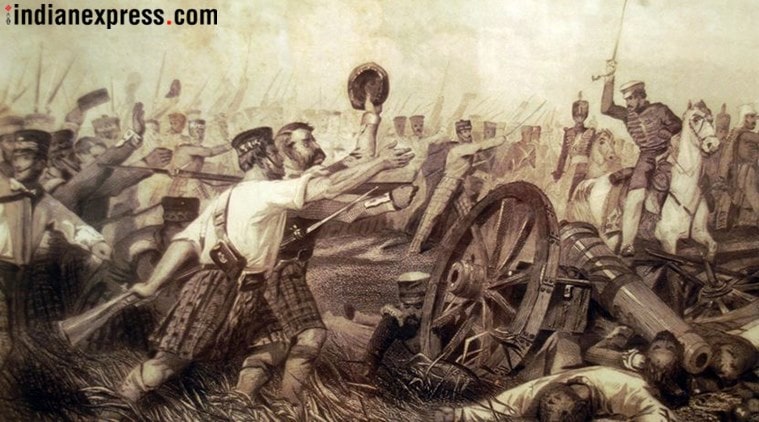 This uprising is known by many other names like the Sepoy mutiny, the Indian mutiny, the revolt of 1857 and India’s first struggle for Independence. (Express archive photo)
This uprising is known by many other names like the Sepoy mutiny, the Indian mutiny, the revolt of 1857 and India’s first struggle for Independence. (Express archive photo)
The rebellion of 1857, also known as India’s first war of Independence, began on May 10, 1857. In this 1857 revolt, Indian sepoys rose up against the might of the British officers of the East India company. The British forces, however, emerged victorious and Delhi fell into their hands on September 14, 1857 after a four-month long battle.
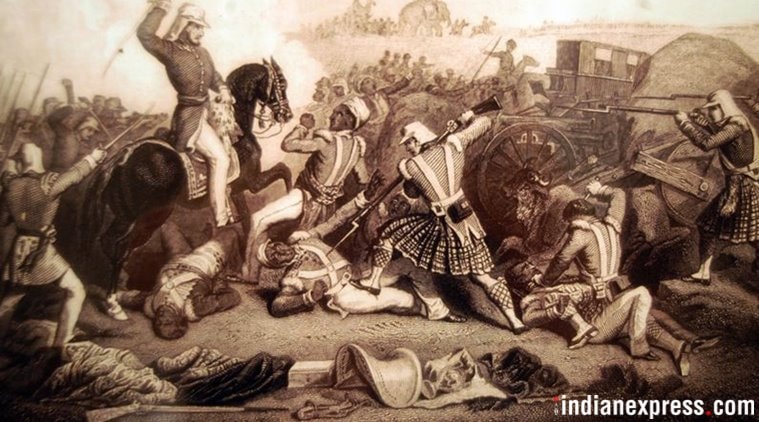 Even though Meerut was the starting point of the rebellion, Delhi had a prominent role in this incident. The Indian soldiers who revolted against the British officers in Meerut rushed to Delhi to meet the Mughal emperor Bahadur Shah Zafar. (Express archive photo)
Even though Meerut was the starting point of the rebellion, Delhi had a prominent role in this incident. The Indian soldiers who revolted against the British officers in Meerut rushed to Delhi to meet the Mughal emperor Bahadur Shah Zafar. (Express archive photo)
On March 29, 1857, sepoy Mangal Pandey fired at a British officer and his comrades refused to arrest him. This led to his court-martial and he was ultimately hanged to death. This was the precursor to what came to be known as India’s first war of Independence on May 10, 1857.
After the outbreak of the mutiny, the rebels reached Delhi and Mughal emperor Bahadur Shah Zafar was declared the Emperor of Hindustan. Bahadur Shah Zafar was, however, imprisoned and was later brought back as a prsioner to Shahjanabad. The Walled City of Shahjanabad was not the same anymore and only those who were assured of their safety continued to stay.
The Mughal ruler was then exiled to Rangoon after a trial against him for sedition against his own empire. Many of the royal prince and princesses lost their lives either while trying to escape or died in poverty.
Begum Hazrat Mahal, wife of Nawab Wajid Ali Shah, rebelled against the East India Company and almost suceeded in possibly the longest battle of the first war of Independence. She had the biggest army that fought the Britishers in 1857.
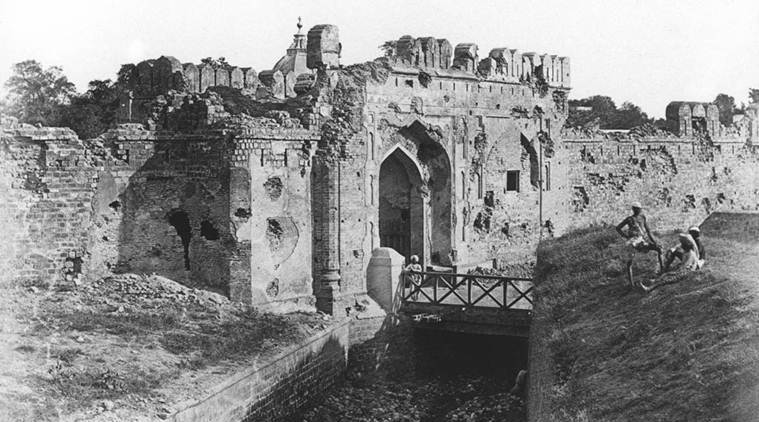 The fall of Kashmiri Gate was a turning point for the Britishers. Kashmiri Gate is an important site also because the British entered the city of Shahjanabad from this point. The Britishers had to bomb it and the bruises are still visible in the remains of the site. (Source: Wikimedia commons)
The fall of Kashmiri Gate was a turning point for the Britishers. Kashmiri Gate is an important site also because the British entered the city of Shahjanabad from this point. The Britishers had to bomb it and the bruises are still visible in the remains of the site. (Source: Wikimedia commons)
The revolt of 1857 was not a sudden occurrence but was fed by the collective resentment against the British rule.
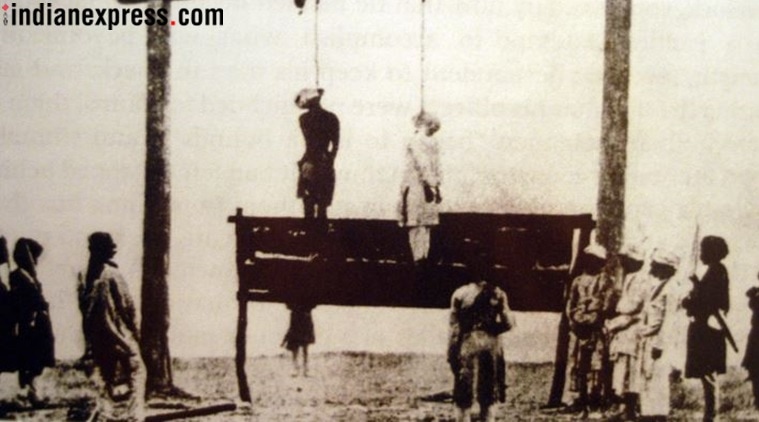 Rebels being hanged. (Express archive photo)
Rebels being hanged. (Express archive photo)
This revolt was also a remarkable event in Indian history because it united the Hindus and Muslims as they fought together for a common cause.
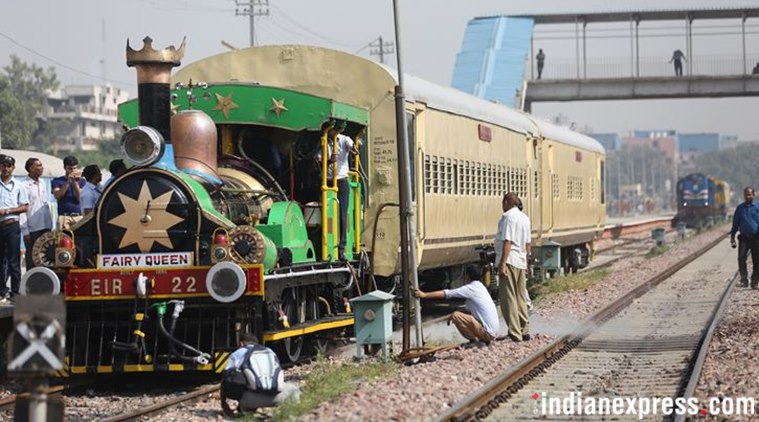 The 1857 revolt was a valiant effort and there are many reasons behind it’s failure. Since there was no central leadership, the rebellion was concentrated in some parts of India only. In Pic: The Oldest running steam Engine in the World, the Queen Mary, was used to haul light mail trains in West Bengal, operating between Howrah and Raniganj, and during the Indian Rebellion of 1857 hauled troop trains. (Express Photo by Tashi Tobgyal)
The 1857 revolt was a valiant effort and there are many reasons behind it’s failure. Since there was no central leadership, the rebellion was concentrated in some parts of India only. In Pic: The Oldest running steam Engine in the World, the Queen Mary, was used to haul light mail trains in West Bengal, operating between Howrah and Raniganj, and during the Indian Rebellion of 1857 hauled troop trains. (Express Photo by Tashi Tobgyal)
The rebels did not have enough finance to buy advanced weapons whereas the Britishers had all the means.
 The ammunition stock was blown up by the Britishers on May 11, 1857 to prevent it from falling into the hands of the mutineers. (Express File Photo)
The ammunition stock was blown up by the Britishers on May 11, 1857 to prevent it from falling into the hands of the mutineers. (Express File Photo)







